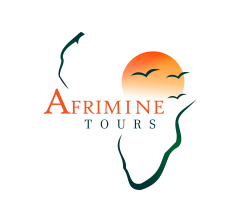Moshi town - the Mo-town
At the foot of the Kilimanjaro
Moshi is a friendly city in the north of Tanzania.
Like an oasis between beautiful expansive coffee plantations, with an attractive mix of African and Asian influences, where the skyline of the Kilimanjaro dominates.
Location
Moshi is one of the tourist centres in the northern safari circuit of Tanzania and the capital of the Kilimanjaro region. As the capital of the region, Moshi is also the centre of government activity, trade, finance and tourism. Moshi lies south of Mount Kilimanjaro at an altitude of 700 to 950 metres.
Culture
The population consists mainly of Wachagga, who moved here between the 11th and 15th centuries. The Wachagga developed advanced agricultural techniques such as terracing and irrigation systems. Due to early access to western education and the presence of several higher educational institutions, the population of Moshi has a high level of education.
Moshi has a strong colonial background, which is reflected in the architecture of the old buildings that still stand there. Some of them have been restored and converted into tourist lodges and hotels to preserve their original charm.
Products
Moshi is the centre of coffee cultivation in the country. Everywhere in the city and on the slopes of Mount Kilimanjaro there are extensive plantations that cover the area with a blanket of coffee. In the immediate vicinity of Moshi there are large farms where maize and beans are grown. There are many sugar plantations and a large sugar factory (cane sugar). On the slightly higher slopes, coffee and bana are grown.
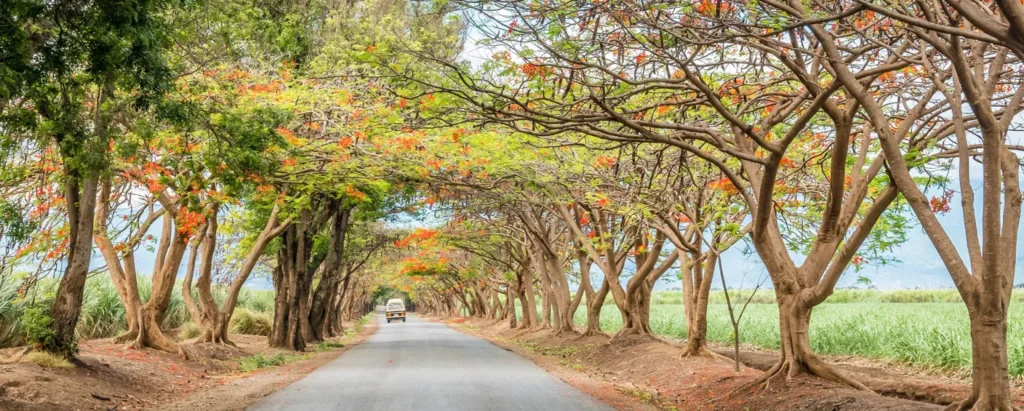
Interesting facts
- Moshi is Swahili for “smoke.” Probably a reference to the last eruption of Kilimanjaro in the 17th century or to the clouds and mist that often envelop the summit.
- Roman Catholíc missionaries introduced Arabica coffee cultivation to the Moshi region in 1893.
- Moshi organises the Kilimanjaro Marathon, Tanzania’s largest sporting event.
Activities
Moshi is a host city for the Kilimanjaro Marathon, has several waterfalls, springs and a tropical forest. From here you can climb the Kilimanjaro all the way or hike on the lower slopes.

Mountain Hiking
Kilimanjaro National Park is home to the tallest freestanding mountain in the world and the tallest mountain in Africa!
You can make multi-day climbs from Moshi to the top of the Kilimanjaro. View our Kilimanjaro destination for this. But it is also possible to take guided day trips from Moshi on the lower part of the Kilimanjaro, with great views of the snow-covered peak of the Kilimanjaro. For example, a walking safari of about 8 km, at an altitude of 2750 meters, which takes about four hours. You walk partly through dense rainforest and mountain forests where you can encounter blue monkeys, black and white colobuses and bush babies.

Farm to table Coffee Experience
Visit a Chagga village, learn about their culture and how they produce coffee, from the cultivating of the coffee beans to prepping and roasting. Experience the entire process of making the delicious brew that starts the day!

Waterfall Hiking
The waterfall is very impressive and one of the highest in the area. At the foot of the Kilimanjaro, 70 meters of crystal clear glacial water fall into a basin.
The beautiful path that leads to this waterfall of Materuni is 2500 meters above sea level
You walk through valleys and hills covered with tropical rainforest, past coffee -, bananas – and avocado ‘shambas’ (the Kiswahili word for farms). On a clear day you have a great view over the city of Moshi and the Kibo top of the Kilimanjaro. Walking shoes are recommended.
The village of Materuni is one of the few authentic villages in Northern Tanzania, with picturesque views of the city of Moshi and Kilimanjaro. In this green village with all fresh air, you will learn about the cultural heritage of the Chagga people. And you may also taste their home-brewed banana beer and / or the traditionally roasted coffee.
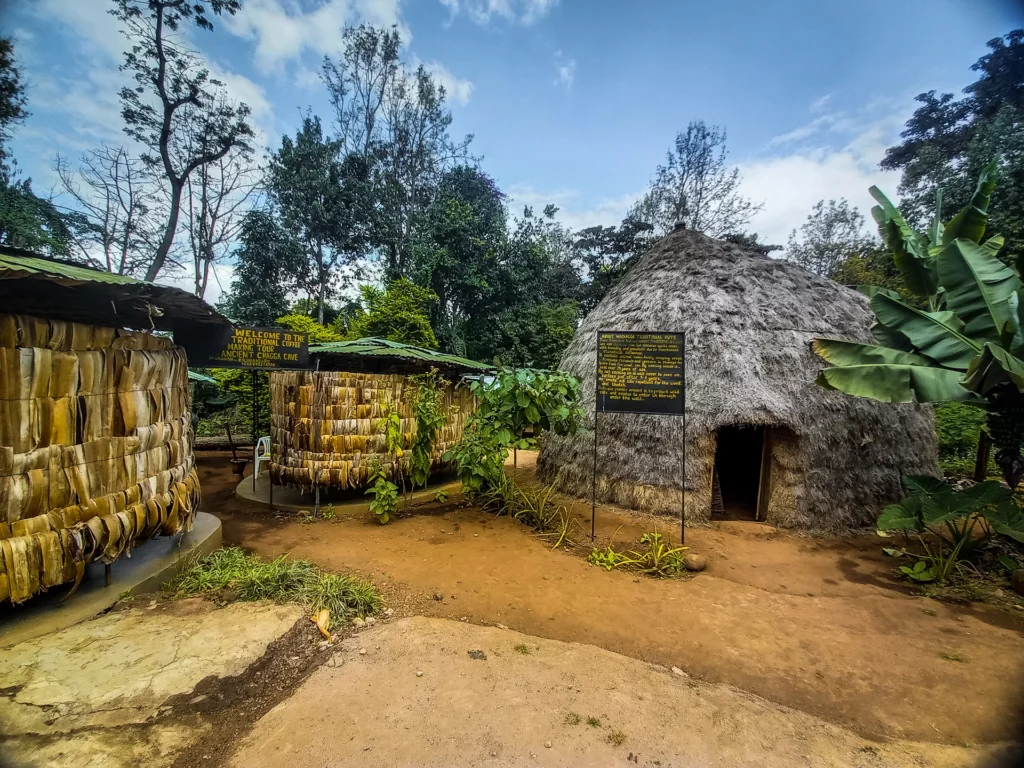
Chagga Caves
Close to the waterfall of Materuni are the Chagga caves. The caves, actually excavated tunnels, were excavated by the Chaggas about 200 years ago to protect themselves from Maasai attacks. The Maasai mainly targeted water, food and livestock, but also Chaggas, which they then enslaved. Chaggas sometimes had to survive for months in these caves. The guide will take you to the excavated caves to experience this whole new (underground) historical world of the Chagga tribe.
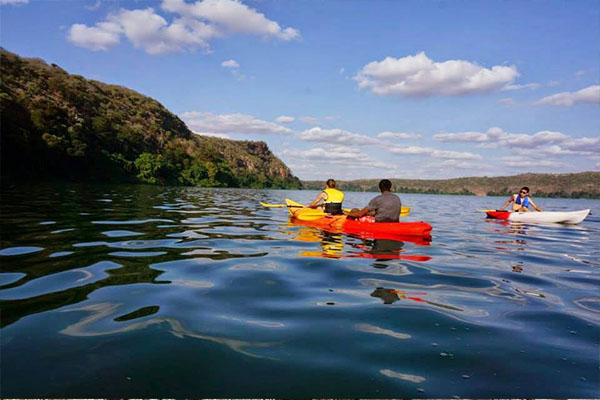
Lake Chala
Lake Chala is a unique caldera lake and is considered the deepest inland waterway in Africa. This lake is fed by underground sources of Kilimanjaro. The lake has a great diversity of life. From lush lakeside forest to beautiful volcanic savanna; from river beds beautifully carved by old rocks, to thick bushes or open ‘mbuga’ (park). Hiking on Lake Chala is a magical experience that brings you back in touch with nature. You can go on a walking safari, canoeing, swimming and fishing.
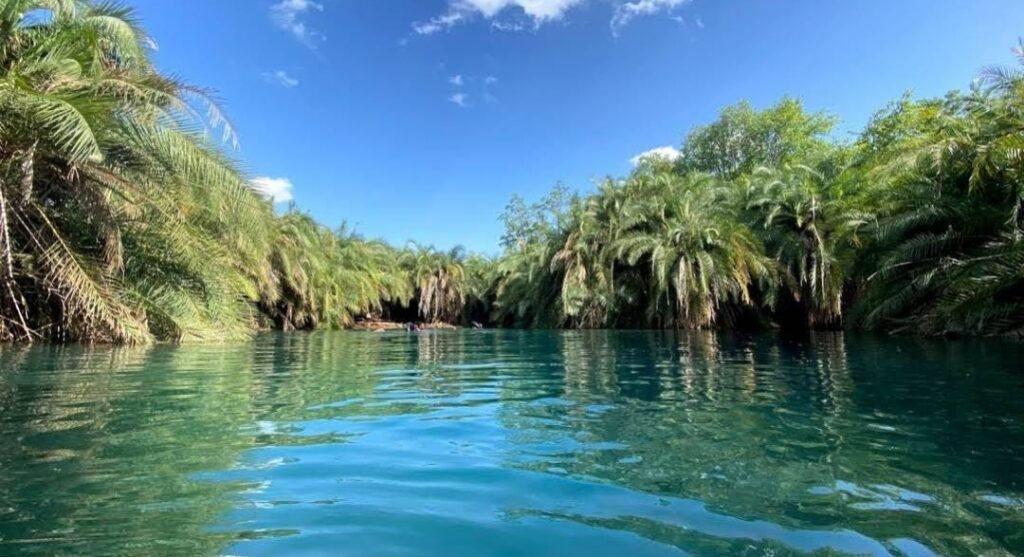
Chemka Springs or Kikuletwa Springs
Located about 35 km from Moshi, just outside the city of Boma, in the heart of the Sanya Plains, are the hot springs of Rundugai (Kikuletwa / Chemka springs). These springs emerge in the middle of a parched and dusty landscape. They are locally called Chemka (cooking). That may seem so, but the water is not hot, rather it is a pleasant temperature!
This is a good place to visit for a picnic and swimming. And the view of the Kilimanjaro on a clear day is also fantastic. Unfortunately, the water is full of fluorine, which means the locals can’t use it for drinking. The crystal clear, turquoise water surrounded by palm trees and winding roots offers a picturesque place to enjoy a swim.
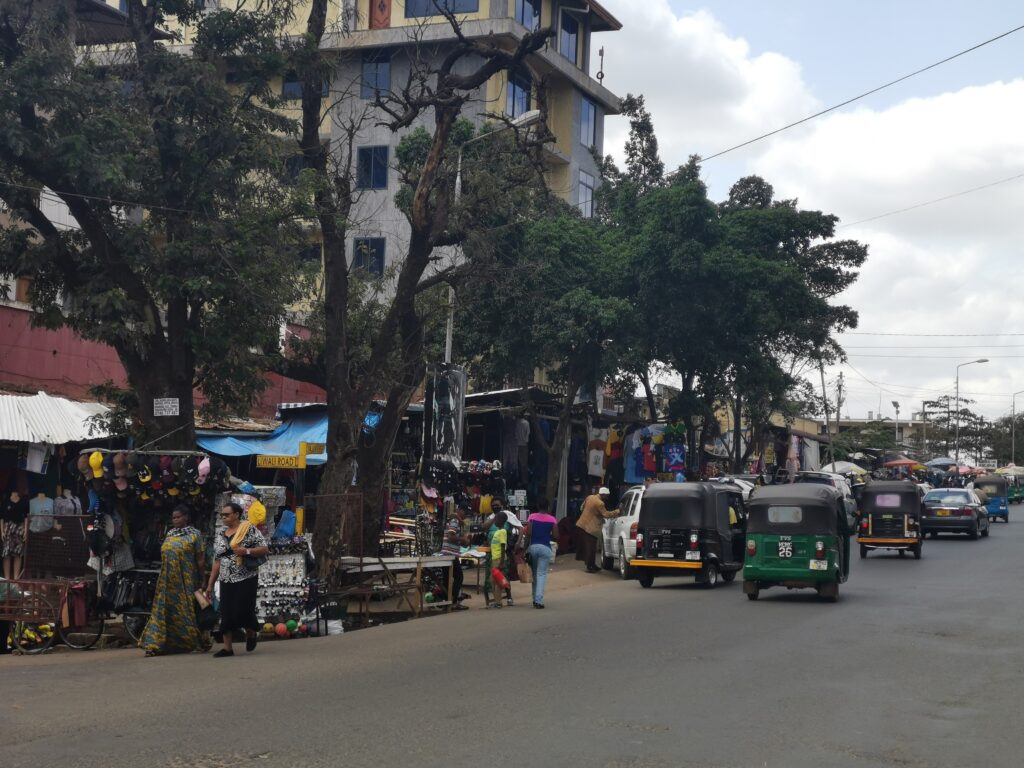
City tour in Moshi
Under guidance you will discover all aspects of daily life in Moshi city. For example, you visit the local market, where fresh products are displayed and sold in a special way. While walking, the guide will tell you everything about the city, its buildings and its past. On the street you will see business men at work. You have lunch in a good local restaurant.
Climate & Seasons
Moshi has a tropical climate, dominated by the monsoon flow. Moshi city can be visited all year round.
March to May: Rain is more likely from March, peaking in April. That mainly means a tropical shower in the morning and sometimes at night. Temperatures do drop, but it stays warm (29 degrees on average)
June to August: In Moshi this is the “cool” period. The temperature has dropped to an average of 25 degrees during the day. There is virtually no rainfall.
September to October: The temperature is rising again. Little rainfall to be expected.
November to February: The rainfall varies. This is the hottest period of the year (average 32 degrees during the day).
Photos from Moshi Town





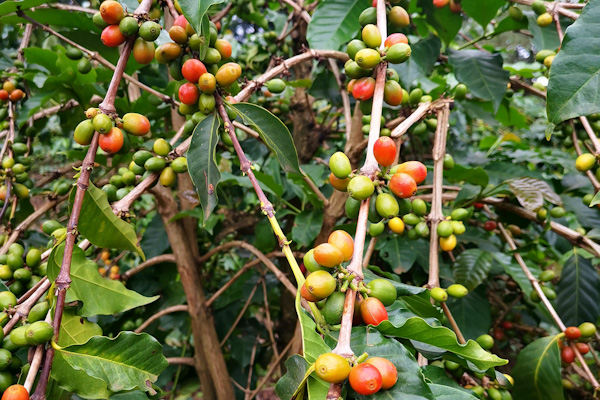

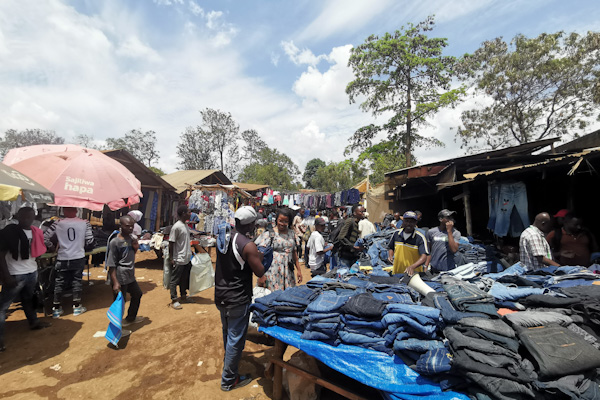
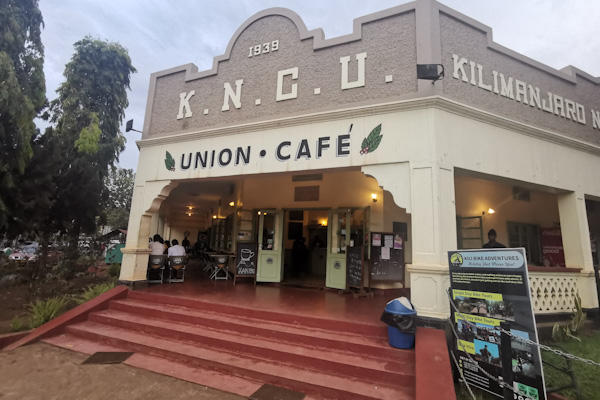
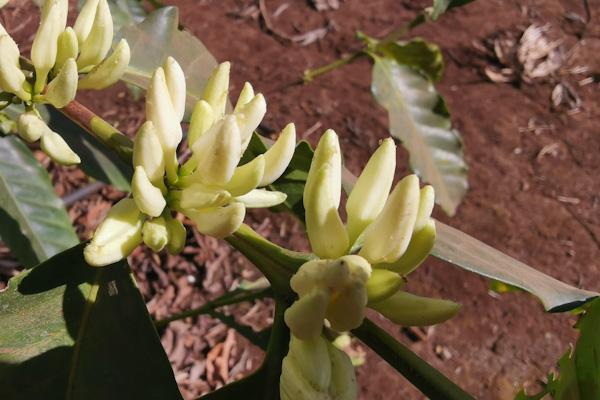
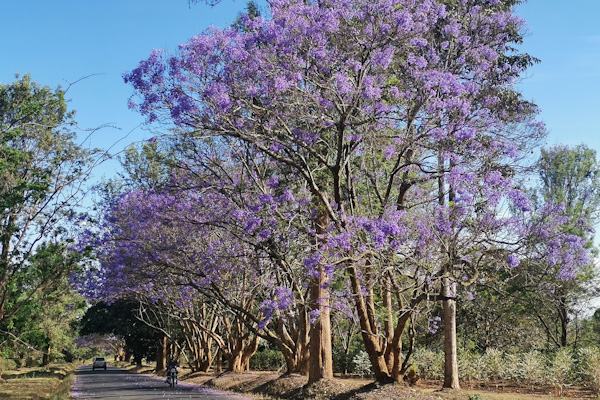
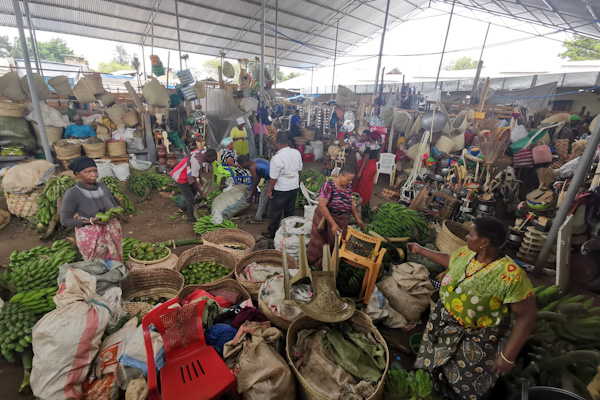

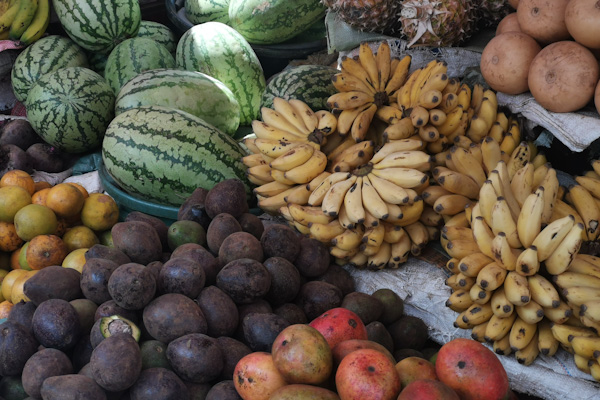
INQUIRE MOSHI TOWN TOUR
Start planning your private Moshi town visit filling the form below
